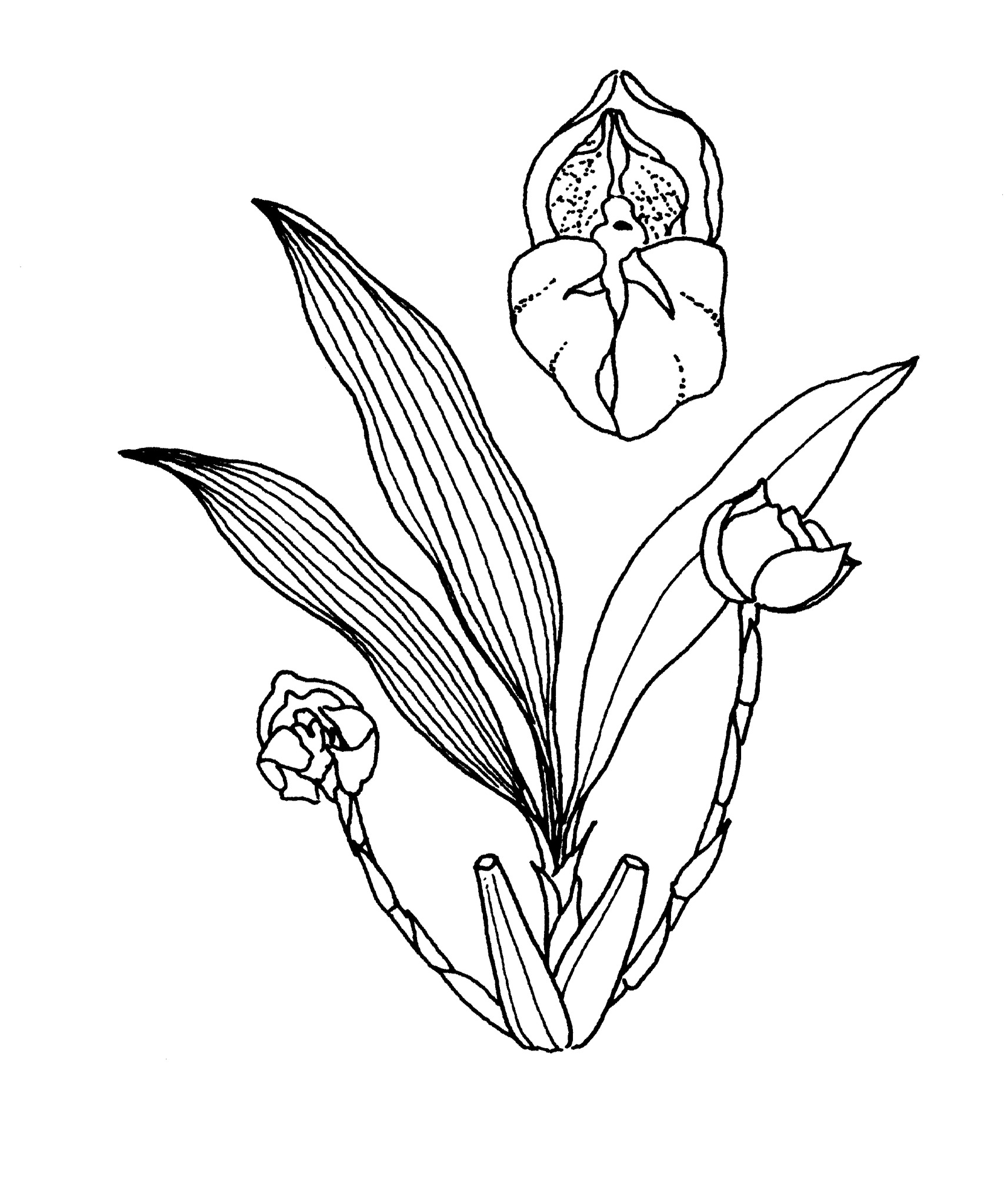
After Don Francisco de Angulo, late 18th century Director-General of Mines in Peru and a student of the local flora.
Terrestrial or epiphytic herbs, sympodial, with short rhizomes. Stems thickened into cylindrical or ovoid pseudobulbs, compressed, wrinkled, bases sheathed, glossy green. Leaves apical, 2 or 3, thin, pleated, deciduous, stalked. Inflorescences basal. Flowers resupinate, solitary, cup-shaped, large, fleshy, waxy, fragrant, variously coloured. Sepals similar, broad, free, incurved. Petals smaller than sepals, free, incurved. Labellum 3-lobed, hinged, slightly mobile, hairy, midlobe usually small. Column long, stout, curved, with a pair of triangular appendages in front. Pollinia 4.
About 10 species from S America.
Large solitary waxy cup-shaped flowers.
Source: (2005). Orchidaceae. In: . Horticultural Flora of South-eastern Australia. Volume 5. Flowering plants. Monocotyledons. The identification of garden and cultivated plants. University of New South Wales Press.
